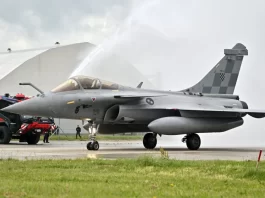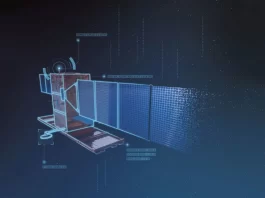The U.S. Army is making progress in establishing Theater Information Advantage Detachments (TIADS), a new type of unit aimed at monitoring adversarial nations like China and Russia’s information warfare efforts on the ground.
General Maria Barrett, the commander of the U.S. Army Cyber Command, asserts that the growing number of adversaries, including China, attempting to disrupt critical U.S. infrastructure and other vulnerable areas is driving the urgency to counter TIADS.
The U.S. Army expects these organizations, which require extensive equipment and personnel, to begin operations in fiscal year 2026. On August 23, 2023, Barrett stated that the Army has received positive feedback on this initiative within the service.
She mentioned that other theaters are already eager to acquire this capability, so much so that they are actively recruiting individuals from various areas to kick-start their training campaign. Barrett made this statement at the end of the TechNet Augusta 2024 conference. The “different areas” she referred to involve the renaming of personnel from the U.S. Army Pacific’s G39, the group responsible for information activities, to TIAD.
In February 2024, the Army’s force structure transformation plan approved the establishment of three TIADS—one detachment in Europe, another in the Pacific region, and an interterritorial detachment for Army Cyber Command.
The Army cyber unit will take on civilian structures, and this will become the foundation of the Digital Protection and Intelligence Center, which will perform tasks related to targeting and digital force protection for TIAD when they engage, Barrett said.
She noted that the effort would involve 12 cyber teams of 65 soldiers each, including expeditionary cyber-electromagnetic teams, all part of the 11th Cyber Battalion. Upon completion of this structure, they intend to incorporate a “patriot assembly” into a second battalion, aiming to resemble the 11th Cyber Battalion.
This really reflects the Army’s push to create an integrated team of cybersecurity engineers, electronic warfare (EW) specialists, communications experts, data processing systems, information operations, intelligence, and psychological operations, Barrett said.
Considering all the changes the Army is implementing over the next few years, this update is expected to persist for some time. The Army is expected to move a lot of walls, and as it lays down these capabilities. It is expected to go out and make sure they’re implemented correctly and that people understand their role in this picture, she added later.
Barrett emphasized that the urgency in countering TIADS is driven by increased efforts from adversaries like China as the country attempts to disrupt U.S. critical infrastructure and other vulnerable sectors.
The Army is also experiencing cyberattacks on the DIB (Defense Industrial Base). Either it is getting more information about them, or their number is increasing. There has also been a rise in attacks on operational technologies and critical infrastructure. “I would be completely remiss if I didn’t mention Volt Typhoon from China,” she said, referring to a state-sponsored Chinese hacker group known for targeting U.S. critical infrastructure.





